The History and Garden Inspirations of the Parisian Macaron
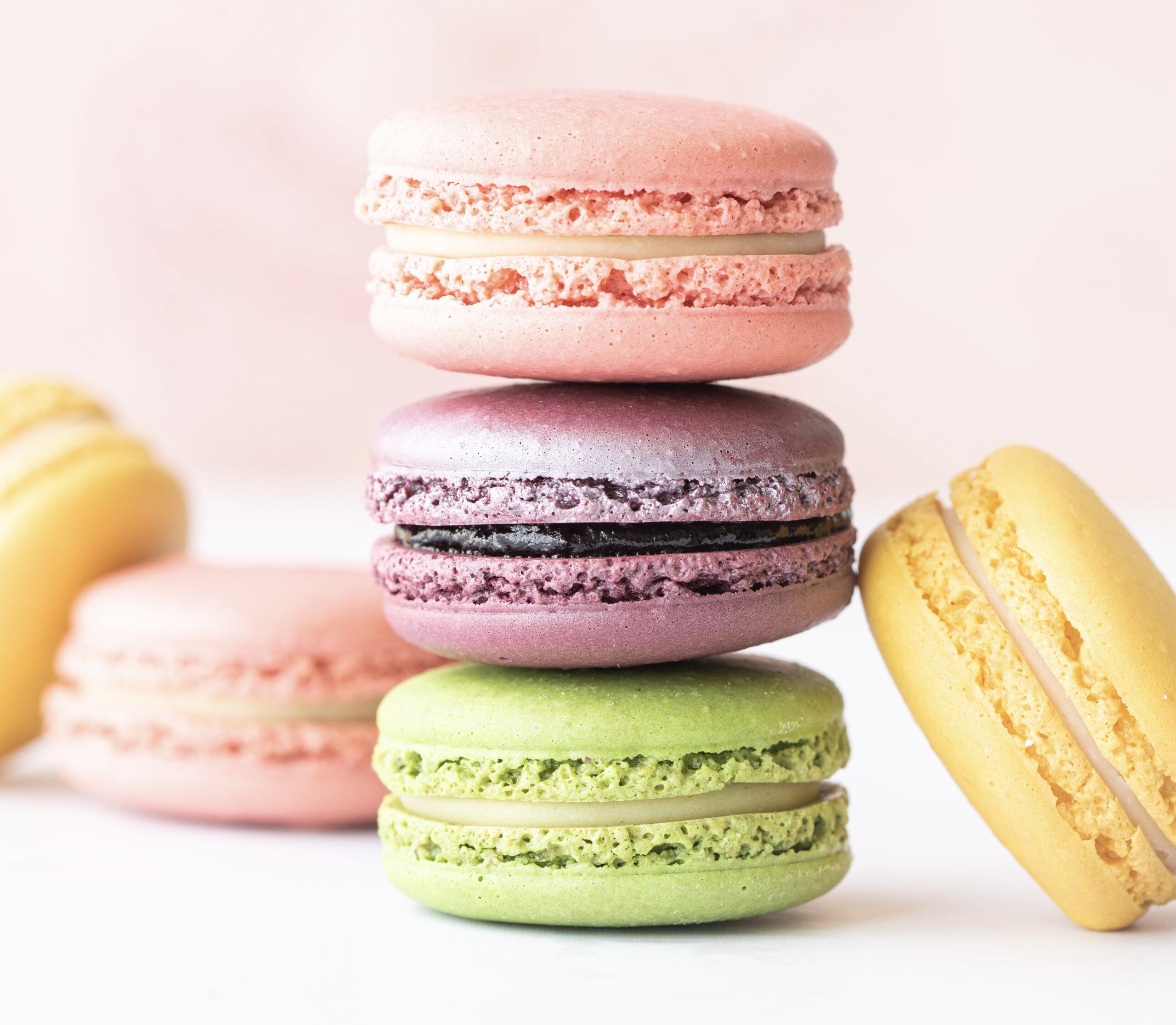
Photo by Heather Barnes on Unsplash
Almost twenty-five years ago, baker, critic, and author Dorie Greenspan reported that when the French chef Pierre Hermé puts out new flavors for his macarons, “the news is announced in all the glossies and the lines outside his boutiques are so long you can finish a chunk of War and Peace before you reach the door. ” This is still true today, especially now that the French equivalent of a cookie—the macaron—has become so popular that it is found at even McDonald’s! For gourmet lovers, a macaron is a delight at any season, but this winter, Pierre Hermé launched a collection called Jardin Secret, something that garden lovers will also appreciate. Before introducing the 2023 vintages, let’s delve into the history of this exquisite treat.
According to the Larousse Gastronomique, “the macaron is a small, round biscuit (crunchy outside and soft inside), made with ground almonds, sugar and egg whites.” The Parisian macaron takes this one step further by joining two cookies together with a filling—butter cream, ganache, or jam—which makes each bite delicious. Although Americans are tempted to eat macarons like Oreo cookies, macarons should never be pulled apart. They must stay together in order for people to fully enjoy the flavorful punch of crunchy and smooth.
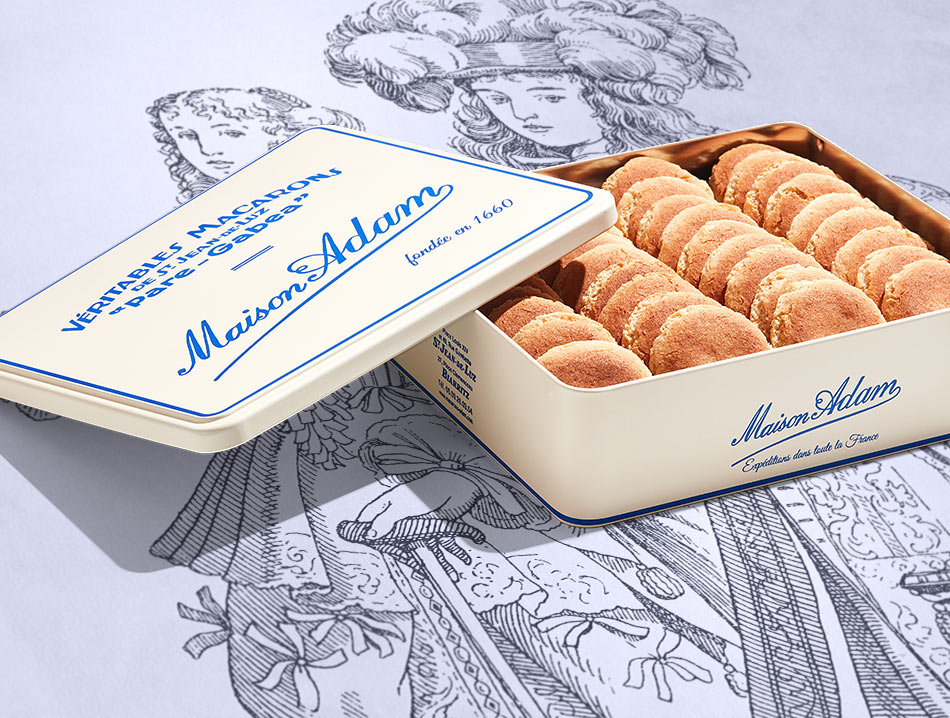
Maison Adam, macaron basque
Finding Culinary History in a Cookie
Food historians agree that the evolution of macarons can be traced to the blending of Islamic and Christian culinary traditions in the Middle Ages, when almond paste, like marzipan, met durum wheat, probably in Sicily. Convents and monasteries across Europe, like the Cormery Abbey in Northern France, transmitted recipes for almond sweets. In 1660, Chef Adam was tasked with providing confections for the wedding celebration of Louis XIV to the Infanta of Spain, Marie-Therese, held in Saint-Jean-de-Luz located at the border with Spain’s Basque region. Among these confections were macaron-like pastries, the recipe of which is still used today by the 13th generation of the Adam family in Saint-Jean-de-Luz. These sweets were so loved by the king and queen that they were then popularized by the French court at Versailles. Nevertheless, it was only at the beginning of the 20th century that the macaron became a “sandwich” cookie, as described above.
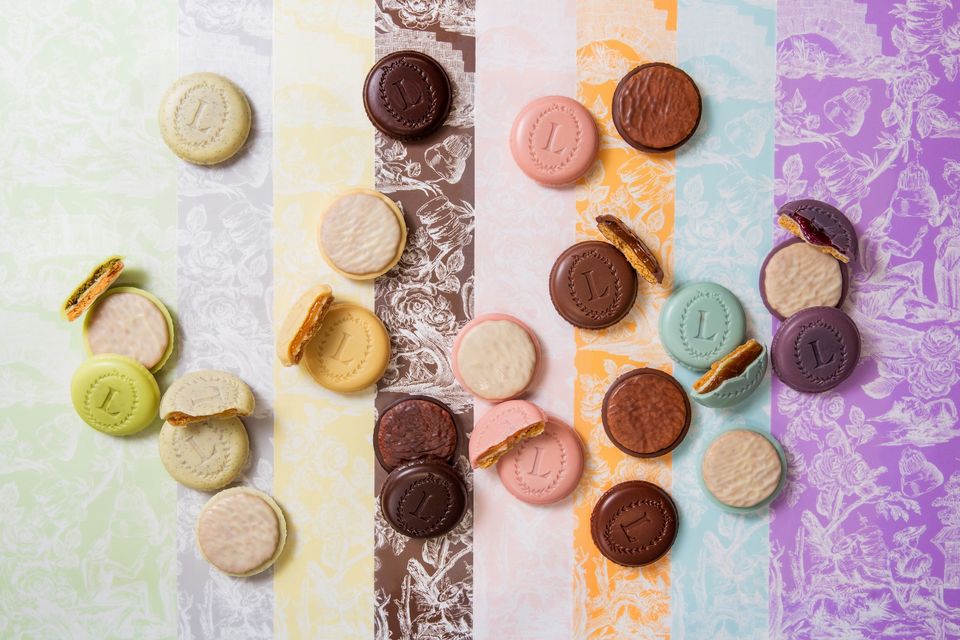
Laduree, Eugenie macarons
Ladurée and the Creation of the “Parisian Macaron”
In 1930, Pierre Desfontaines—the grandson of Louis Ernest Ladurée, the founder of the Ladurée pastry shop in 1862—developed the “Gerbet” or “Paris macaron” concept while on a trip to Switzerland. He did so by joining together two single macarons shells with a layer of creamy ganache filling in an attempt to distinguish his macaron from the competition. From there, he decided to open a dedicated tearoom at his family’s Parisian pastry shop located on rue Royale. The tearoom still exists today, and, unsurprisingly, Ladurée’s special winter collection was inspired by Empress Eugénie, the consort to Napoleon III, who reigned from 1853 to 1870, the era in which the original shop opened. The Eugénie collection has eight different macarons, including Eugénie Rose, which has a white chocolate shell and rose and lychee cream, and Eugénie Tea Marie-Antoinette, which brings together the essence of Eugénie and Marie-Antoinette in a white chocolate shell and a caramel heart infused with Marie-Antoinette tea. It is no surprise that Ladurée would dedicate the cookie to Eugénie; a trendsetter in her lifetime, she staged her very own Marie-Antoinette Revival, a subject explored in my new book my new book, Marie Antoinette’s Legacy.
Pierre Hermé, Garden-infused Innovation for the 21st Century
A descendent of four generations of pastry chefs, Pierre Hermé acquired his savoir-faire from Gaston Lenôtre. Hermé acknowledged the famous pastry chef’s influence when he wrote, “I left Alsace at the age of 14 to become one of his apprentices. [Lenôtre] gave me the foundation, the deep knowledge and the values on which I have built ever since—attention to detail, meticulous work and the transmission of know-how. I still work with these values in mind.” After Lenôtre, Hermé went on to work at Fauchon and then Ladurée before he founded la Maison Pierre Hermé in 1998, where he has perfected the art of the macaron.
His most famous is the Ispahan, made of rose cookies and a cream of rose petals, raspberry, and lychees. Hermé frequently turns to gardens inspiration; this year’s flavors include the Jardin d’Iro (with mandarine and shiso), the Jardin de Lou (chocolate and ginger), le Jardin d’Aphrodite (mandarine and rose peppercorns), and the Jardin Secret (rose, vanilla, and clove). Parisians are eagerly sampling these unique combinations inspired by gardens.
Interested in learning more about French culinary history? Considering booking one of our food tours in Paris during which we can also focus or include macarons. I can also lead custom experiences on Marie-Antoinette and Empress Eugenie and their connections to gardens or gastronomy. Contact us here to create the perfect itinerary for you.


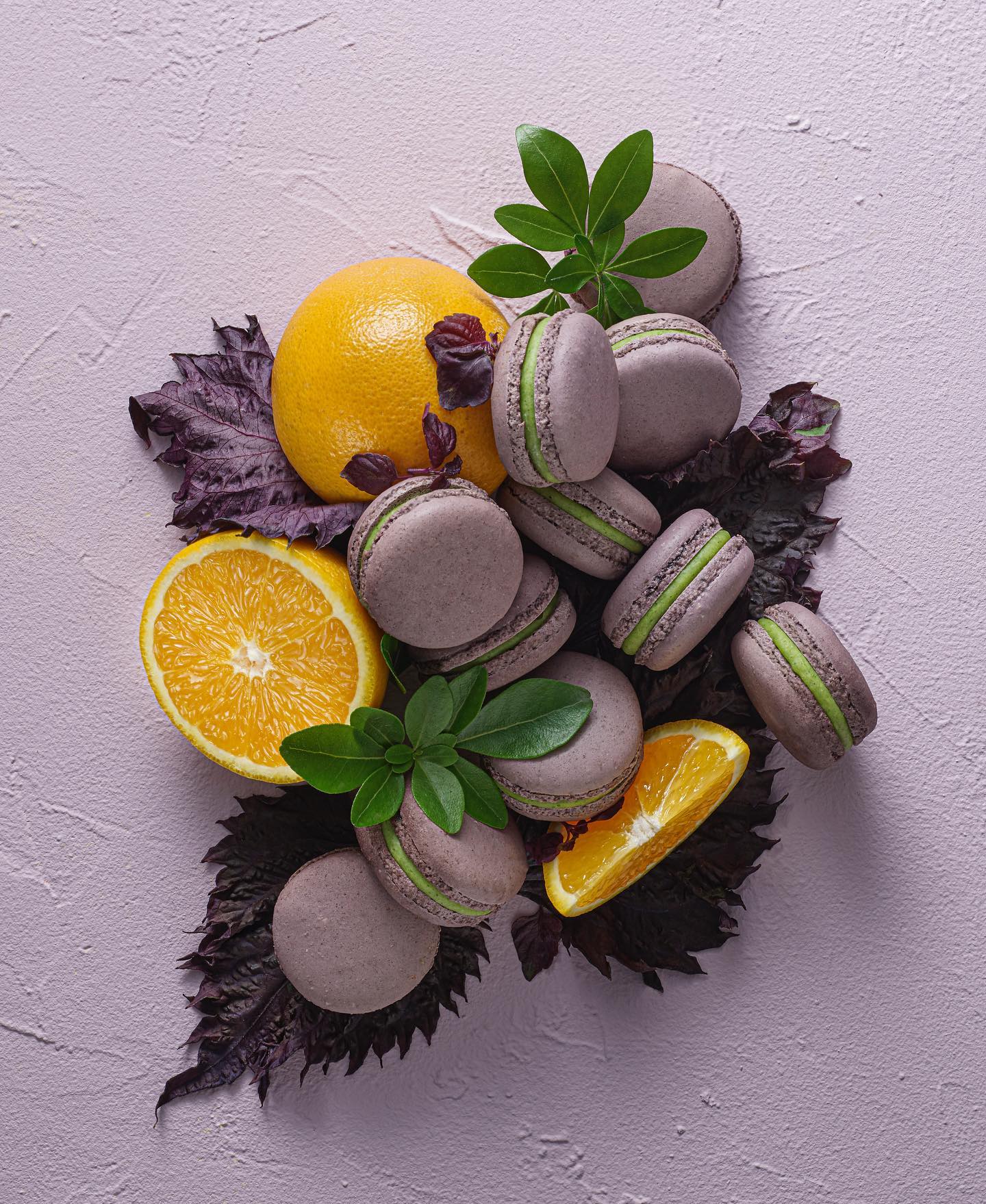
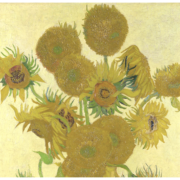

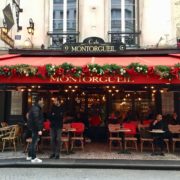
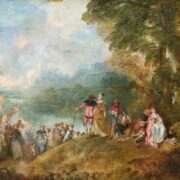

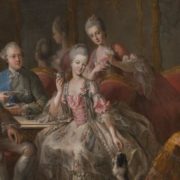


Leave a Reply
Want to join the discussion?Feel free to contribute!